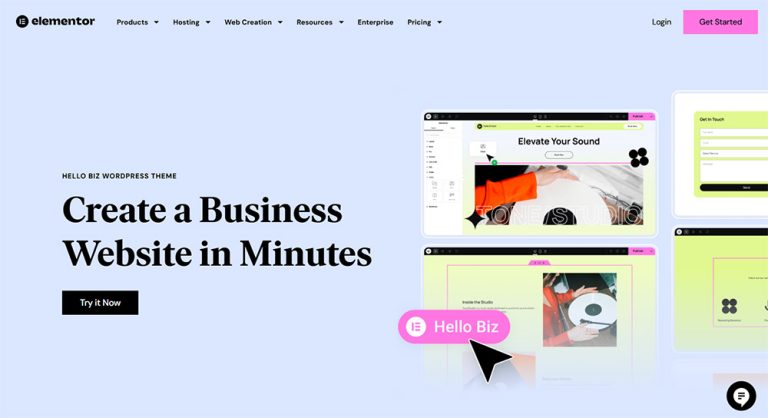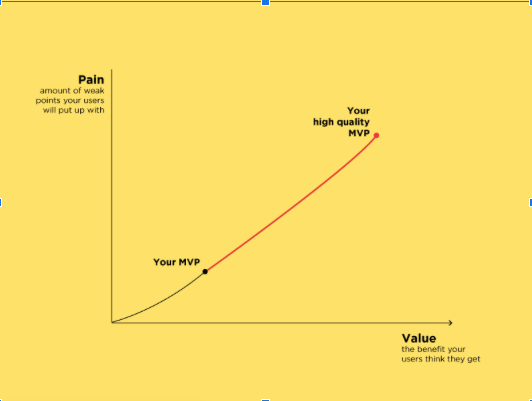Marketing that aims to reach everyone often ends up reaching no one. While it may be seen by many, the key is how many consumers actually respond. To boost consumer engagement, tailor your marketing messages to specific target audiences.
First, define and reach your target audience.
Why? Because you want to turn potential customers into actual ones, generate revenue, foster brand loyalty, gain fans, referral partners, and brand advocates who may not even realize their role.
Your ideal customers are out there, and the way to find them is through targeted advertising that engages those naturally inclined to your products. Both small and large businesses can benefit from effectively reaching their target audience.
Marketing campaigns aimed at a target audience don’t need to persuade potential customers to do something they don’t want to. They just need to convince them that your products and services are the best choice for something they already want to do.
Focusing on target audiences is more cost-efficient. You spend less by reaching fewer people, but it’s more effective because these people want what you’re selling.
Do you have just one target audience, or can you have more than one?
The answer varies for each business, as you can have more than one specific target audience. The broader the range of products and services you offer, the more likely you’re serving multiple target markets.
The more narrowly you define each target audience, the more audience segments you can develop.
Consider a business selling fashion for young women. They might define their target audience as young women with moderate to high disposable income who are in high school, college, or recently graduated.
As the business grows and builds relationships with more customers, they might discover they’re serving several different audiences. They may find that young professional women purchase different clothes than college women, even for casual wear or weekends.
They might find high school girls more reachable through certain social media channels, and women in their twenties through others. Ads that convert well for one group might not work as well for another.
And what if they discover that nearly all their customers are single? Should they create a digital marketing campaign to reach young women in relationships, married women, or young mothers?
It’s one demographic target market — young women. But the more you learn about your customers, their buying behaviors, and interests, the more unique target audiences you may find within the broader target market.
And that’s just a demographic example. If you decide to define a behavioral target market, an occupational target market, or other examples, the same variety of audiences emerges.
1. Learn your target audience
To reach your target audience, you must know who they are.
How do you define a target audience? There are at least three primary ways:
By demographic
These are the people your products and services were designed for. Define a target audience based on demographic information such as age groups, ethnicity, marital status, gender, location, occupation, etc.
Using behavioral targeting
Behavioral target markets arise from consumer behavior — what people do.
Examples include products they buy, forms they fill out, pages they’ve clicked on, industries they frequent, and other advertising they’ve responded to. You can also define a specific group based on your audience’s lifestyle.
Through psychographic targeting
Pursue psychographic target audiences by focusing on beliefs, opinions, values, interests, fears, worries, desires, cares, and concerns. What do these potential clients and consumers want, and why? Those interests might not align directly with your products, but if they align with your brand, you can create brand affinity.
If your business has been around for a while, your target audience can also be your existing customers. You’ve already succeeded in converting them into buyers. Nurturing that relationship with ongoing marketing campaigns is another form of targeted advertising.
Is a target audience the same as a buyer persona?
No, it is not. A buyer persona is a hypothetical description of an ideal customer, based on data, ideas about who would want your products, real customers, and audience targeting.
The buyer persona helps visualize the type of person you’re selling to so you can write relevant content that engages them. But the target audience is an actual





